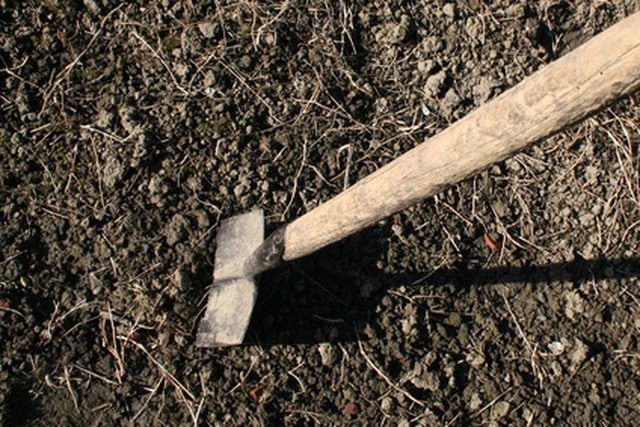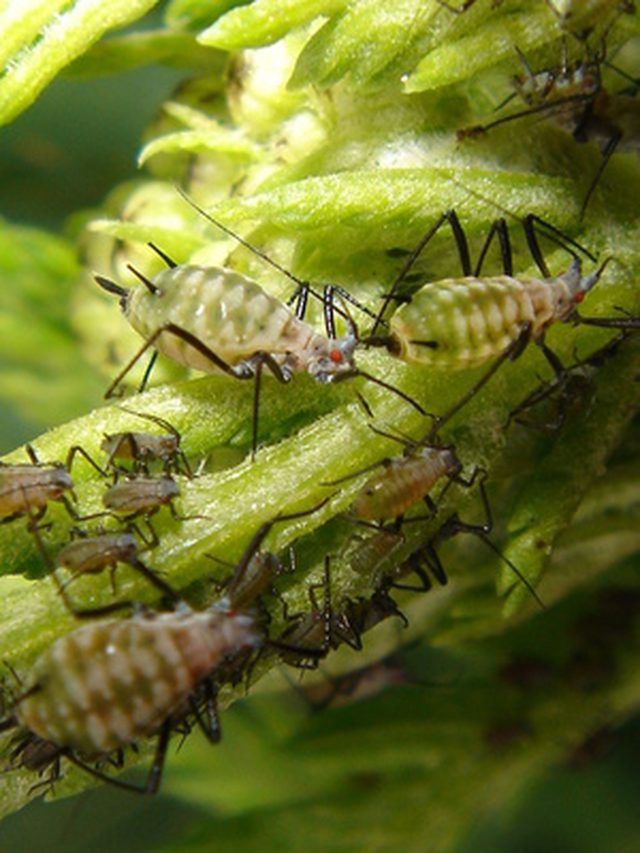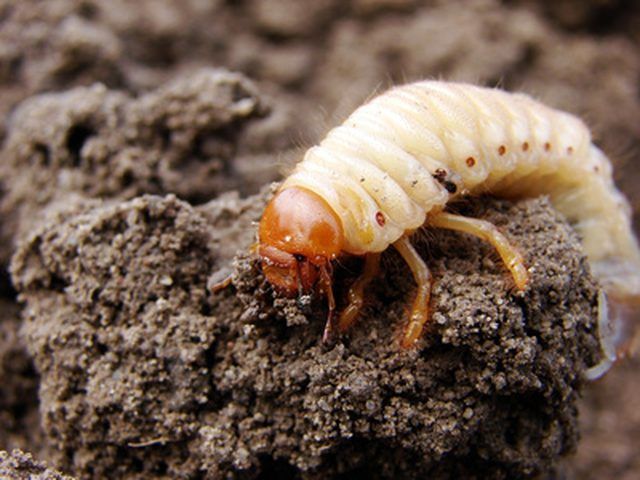Bulbs
Flower Basics
Flower Beds & Specialty Gardens
Flower Garden
Garden Furniture
Garden Gnomes
Garden Seeds
Garden Sheds
Garden Statues
Garden Tools & Supplies
Gardening Basics
Green & Organic
Groundcovers & Vines
Growing Annuals
Growing Basil
Growing Beans
Growing Berries
Growing Blueberries
Growing Cactus
Growing Corn
Growing Cotton
Growing Edibles
Growing Flowers
Growing Garlic
Growing Grapes
Growing Grass
Growing Herbs
Growing Jasmine
Growing Mint
Growing Mushrooms
Orchids
Growing Peanuts
Growing Perennials
Growing Plants
Growing Rosemary
Growing Roses
Growing Strawberries
Growing Sunflowers
Growing Thyme
Growing Tomatoes
Growing Tulips
Growing Vegetables
Herb Basics
Herb Garden
Indoor Growing
Landscaping Basics
Landscaping Patios
Landscaping Plants
Landscaping Shrubs
Landscaping Trees
Landscaping Walks & Pathways
Lawn Basics
Lawn Maintenance
Lawn Mowers
Lawn Ornaments
Lawn Planting
Lawn Tools
Outdoor Growing
Overall Landscape Planning
Pests, Weeds & Problems
Plant Basics
Rock Garden
Rose Garden
Shrubs
Soil
Specialty Gardens
Trees
Vegetable Garden
Yard Maintenance
How to Kill Bugs on Potato Plants
How to Kill Bugs on Potato Plants. Potatoes are popular vegetables to grow in the home garden. Some cultivate gardens as a hobby, while others use them for sources of fresh vegetables. It doesn't matter whether you're an experienced gardener or a novice; at some point, you will have to deal with bugs in your garden. Check your garden weekly for...
Potatoes are popular vegetables to grow in the home garden. Some cultivate gardens as a hobby, while others use them for sources of fresh vegetables. It doesn't matter whether you're an experienced gardener or a novice; at some point, you will have to deal with bugs in your garden. Check your garden weekly for bug problems, and have a plan of action to rid your garden of damaging bugs.
Things You'll Need
pH test kit
Sand
Compost
Certified seed potatoes
Insecticidal soap spray
Milky spore
Prepare your garden site to assure a healthy start for the new potato plants. Evaluate the soil, making sure the pH range is as close to 5.5 as possible. The soil should be loose and have compost mixed in to create a nutrient-rich growing medium. If the soil tends to clump and repel water, you have clay in your soil that will hamper the formation of the potatoes. To remedy this situation, add equal parts sand and compost to the soil, and work them in to loosen the soil. Choose only certified seed potatoes that are disease- and bug-resistant. These steps will create hardy plants and increase their survival when potato bugs begin their attack.

Examine potato plants weekly, looking under the leaves and on new growth for bugs. The most common bugs on potato plants are Japanese beetles, flea beetles, aphids, mealy bugs, spider mites, thrips, white-flies, caterpillars, leaf-hoppers, white grubs and potato beetles. The key to successfully controlling the potato-plant bugs is to identify them early and begin immediate treatment.

Apply insecticidal soap spray to the potato plants to kill bugs on contact. Insecticidal soaps are considered foliar sprays and are gentle on potato plants. For insecticidal soaps to work effectively, thoroughly cover the bugs and leaves on the potato plants with the spray.
Control white grubs and Japanese beetle grubs with milky spore. Grubs can extensively damage the roots and young tubers of potato plants. Milky spore is added to the soil, and the grubs eat the bacteria; upon entering the grubs' bodies, the bacteria multiply and kill the grubs. Milky spore is safe for pets, humans, birds and beneficial insects.

Remove and dispose of any dead plants or debris in the garden. Bugs and fungal problems from the previous year can survive over the winter in garden debris.
Tips & Warnings
Apply bug controls on days that are not windy.
Research the specific product you choose to use.
Research the bugs you have located on your potato plant. Learn the life cycle of the bug to help you effectively control the pest.
When handling and storing pest control products, it is imperative to thoroughly read and follow the label instructions.
Keep all bug control products out of the reach of children.
Always wear gloves and eye protection when applying any pesticide.